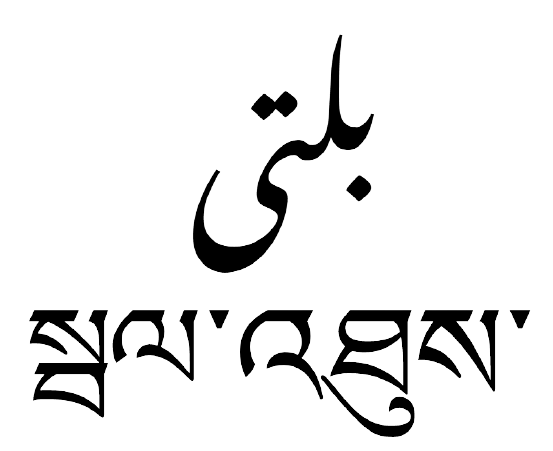
If you find yourself in the mesmerizing landscapes of Skardu Baltistan or the surrounding regions, you may come across a language that speaks volumes about the area’s rich culture and history Balti. Spoken in Skardu, the valleys of Gilgit-Baltistan, parts of Kargil and Ladakh in India, and some regions of Nepal, Balti is more than just a means of communication; it’s a reflection of centuries of history, community, and tradition.
In this comprehensive guide, we will dive deep into the Balti language its origins, dialects, writing system, and why you should consider learning it. Whether you’re planning to visit Skardu, work with local communities, or simply expand your linguistic knowledge, this guide will provide you with all the essential insights to get started with Balti.
1. The Origins and History of Balti Language
Balti is a Tibetic language, which means it has its roots in Tibetan but with distinct characteristics that make it unique. The origins of the Balti language can be traced back to the Tibetan Plateau and are heavily influenced by ancient Tibetan and the surrounding regions.
The region of Baltistan, which lies in Northern Pakistan, was historically known as “Baltiyul,” meaning “The Homeland of Balti”. The name “Baltistan” was given by Persian translators, referencing the native term for the region.
Interestingly, Ptolemy, the ancient Greek historian and geographer who accompanied Alexander the Great, referred to the region as Byaltae in his writings. This indicates that the area and its people have been historically significant, with a unique identity that spans over thousands of years.
Though there have been various migrations, especially with Balti speakers moving to major cities for better opportunities, the language remains a central part of Balti people’s identity. The welcoming, brave, and hospitable nature of these people, along with their strong connection to their language, is an integral part of the experience in Skardu.
2. Balti Language Classification and Dialects
Like many languages spoken in diverse regions, Balti has different dialects that reflect the unique nuances of its speakers. There are primarily four main dialects spoken in Baltistan, which vary by geography and cultural influences:
- Eastern Dialect: Spoken in Chorbat and Nubra Valley.
- Central Dialect: Common in the Khaplu Valley.
- Western Dialect: Used in Skardu, Shigar, and Rondu valleys.
- Southern Dialect: Found in Upper Kharmang and Kargil.
These dialects can differ in pronunciation, vocabulary, and sentence structure. For example, a person from Skardu may have a slightly different way of expressing common phrases compared to someone from Khaplu.
3. Where Is the Balti Language Spoken?
The primary region where Balti is spoken is Skardu Baltistan—a stunning area known for its towering peaks and serene valleys. However, Balti speakers are also found in the following areas:
- Skardu: The heart of Baltistan, where the majority of the population speaks Balti.
- Khaplu: Known for its rich cultural history and distinct dialect.
- Shigar: A historical valley that retains its traditional dialect.
- Rondu: A valley where the Balti language is still deeply ingrained in the community.
- Kharmang: A region with a unique blend of cultures and dialects, but still predominantly Balti-speaking.
While Balti is the dominant language in these areas, other languages like Urdu and Pashto are also spoken by the people, often as second languages.
4. The Writing Script of Balti Language
Historically, the Balti language was written using the Tibetan script, but with the passage of time, the Perso-Arabic script became more prevalent. Today, the Perso-Arabic script is the standard for writing Balti, although some traditional texts may still be seen in the older Tibetan script.
The shift from Tibetan to Arabic script can be traced back to the influence of Islam in the region, as well as the growing use of Persian and Urdu in the subcontinent.
5. Why Should You Learn Balti?
Learning a new language opens doors to a wealth of knowledge, personal connections, and cultural understanding. Here are some compelling reasons why you should consider learning Balti:
- Cultural Insight: Understanding Balti allows you to engage with the history and traditions of the region, from local customs to religious practices.
- Communication: If you plan to visit Skardu, Khaplu, or other regions in Baltistan, knowing Balti will help you connect with locals on a deeper level.
- Tourism and Adventure: Baltistan is a hotspot for mountain climbers, trekkers, and tourists. A basic grasp of Balti will make your experience more authentic, whether you’re navigating the local market or hiring a tour guide.
- Preserving a Dying Language: As globalization spreads, languages like Balti are at risk of disappearing. By learning it, you contribute to preserving this linguistic heritage.
6. Practical Tips to Learn Balti Language
While learning Balti can be a challenge, especially for non-native speakers, it is entirely possible with dedication and consistent practice. Here are some helpful tips to get started:
- Immerse Yourself: Surround yourself with Balti speakers, either by visiting Skardu or interacting with native speakers online.
- Use Language Learning Apps: Some apps provide foundational lessons in Tibetic languages, which can be helpful for beginners.
- Learn Common Phrases: Start with basic conversational phrases and gradually build up your vocabulary.
- Engage in Cultural Exchange: Understanding the context in which the language is spoken will enhance your learning experience.
7. Everyday Balti Words and Phrases
Here’s a list of useful Balti phrases that you can start using in daily conversations:
| English | Urdu | Balti |
|---|---|---|
| Hello | کیا حال ہے؟ | چی حال یو؟ |
| How are you? | آپ کیا حال ہیں؟ | یانہی ؟ |
| Where are you from? | آپ کہاں سے ہیں؟ | یاں گارنا ان جو؟ |
| Do you speak Balti? | کیا آپ بلتی بولتے ہیں؟ | یانگلہ بلتی اونگ منا جو؟ |
| Thank you | شکریہ | شقریہ |
8. Balti Numbers, Days, and Colors
Learning numbers, days of the week, and colors in Balti can also be quite useful. Here’s a quick reference:
Numbers in Balti
| English | Balti |
|---|---|
| One | چک |
| Two | نیس |
| Three | سوم |
| Ten | فچو |
Days of the Week
| English | Balti |
|---|---|
| Monday | ژندار |
| Tuesday | انگارو |
| Friday | شکرو |
Colors in Balti
| English | Balti |
|---|---|
| Red | مارفو |
| Green | سنونپو |
| Black | نقپو |
9. Frequently Asked Questions (FAQ)
Q: What is the main language of Skardu?
A: The main language spoken in Skardu is Balti, though many locals also understand Urdu and English.
Q: What is the difference between Ladakhi and Balti?
A: While Ladakhi and Balti are closely related, Ladakhi is primarily spoken in Ladakh (India), whereas Balti is spoken in Baltistan (Pakistan). The two languages share a common origin but have developed distinctive regional variations over time.
Q: Can I find Balti speakers outside Skardu?
A: Yes, Balti-speaking communities have migrated to cities like Karachi and Lahore in search of better opportunities, so you may find Balti speakers in many urban areas of Pakistan.
10. Conclusion: Embrace the Language of Skardu Baltistan
Balti is a beautiful and rich language with a deep cultural significance. Learning it will not only help you communicate with the locals but also give you a more meaningful connection to the stunning region of Skardu Baltistan and its people. Whether you’re planning a visit or simply curious about languages, Balti is a unique and valuable linguistic treasure that you won’t regret learning.
Dive into Balti, and experience the world through the eyes of its speakers!
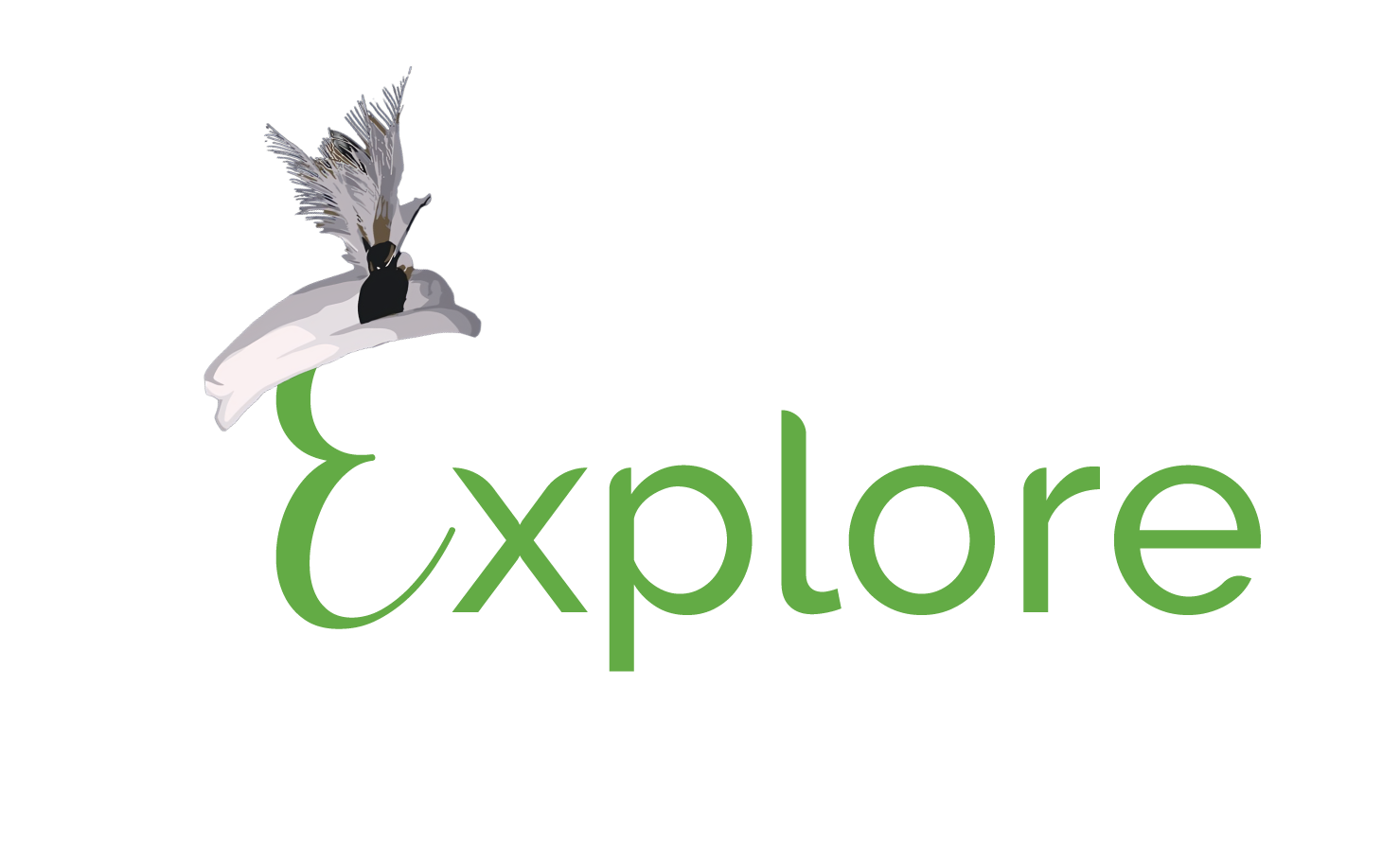

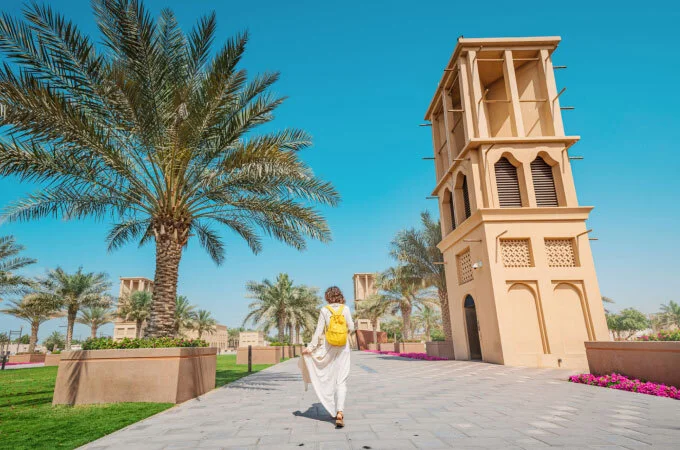

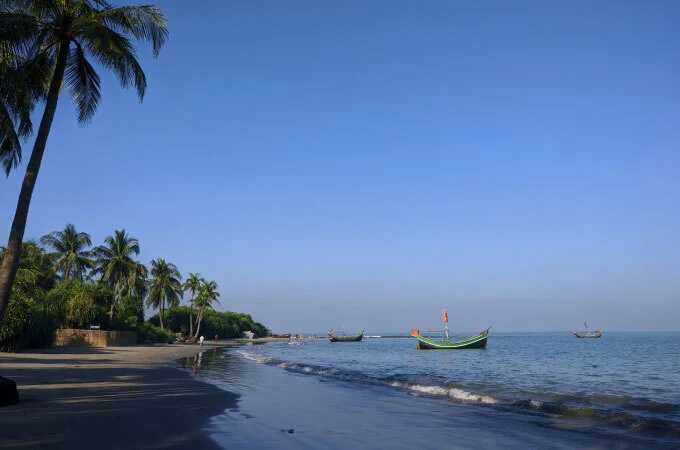


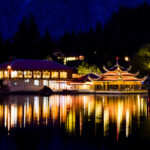



Comment 01
Exploring Deosai from Skardu: Distances and Directions,
11 November, 2025[…] For a deeper dive into the Baltistani language and culture, take a look at our comprehensive guide to the Balti language. […]